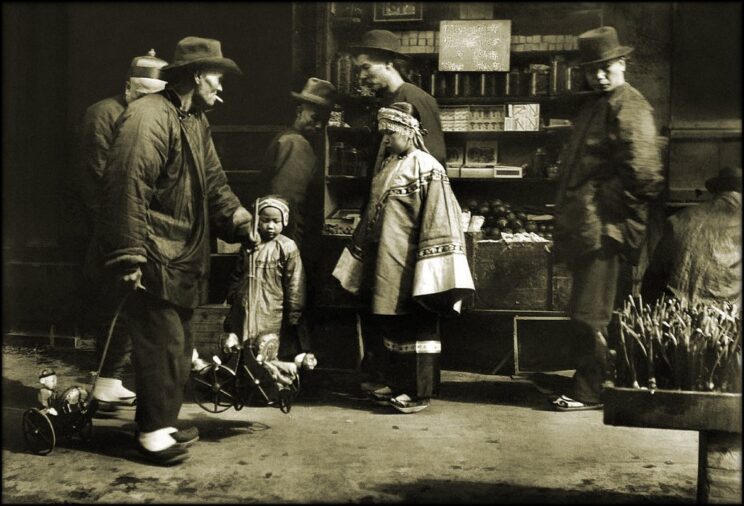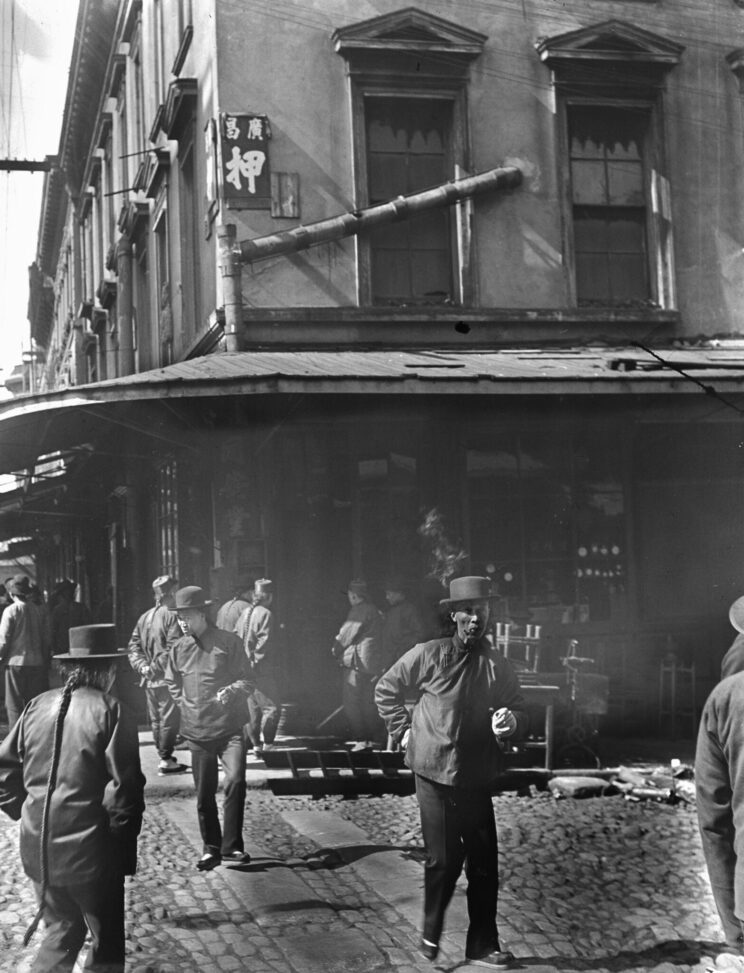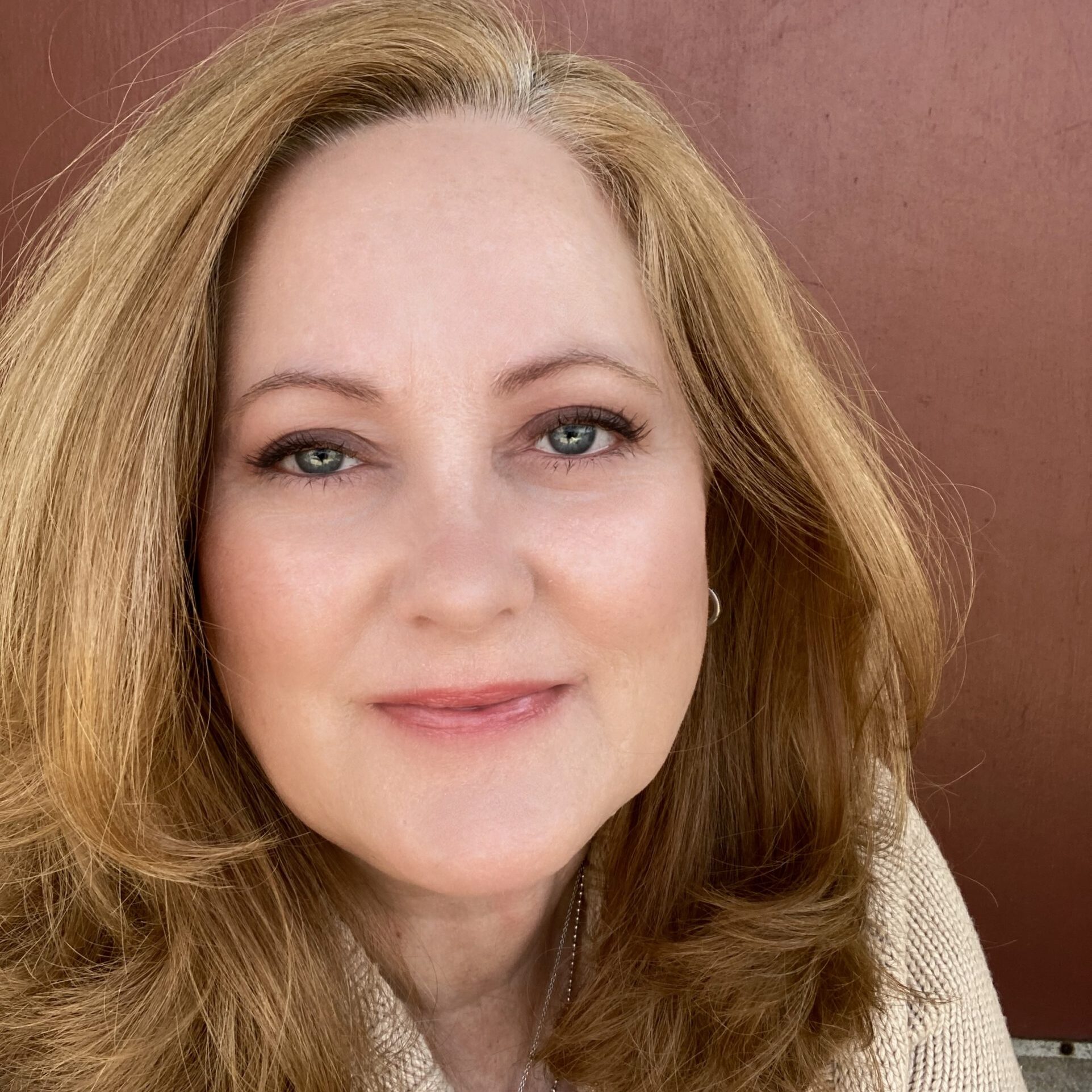Editors Note: There is a direct quote that includes insensitive language, we include this so we can greater understand the institutional prejudice of the era.
In March 2020, as COVID-19 was first making itself known in the United States, we were introduced to the racial slurs “Chinese virus” and “kung flu,” language intended to place the blame for the spread of our modern-day plague on people of Chinese descent. Three months later, when asked in a survey which ethnic group was most responsible for the “Chinese virus,” 47% of respondents chose “Chinese Americans”; 39% chose the same group as being responsible for “COVID-19.”
Concurrently, the number of anti-Asian American and Pacific Islander (AAPI) crimes soared. The Stop AAPI Hate website received reports of more than 650 incidents of discrimination in one week, more than 80 incidents a day. From 2020 to 2022, the group documented 11,409 unique acts of hate. In San Francisco, where the Chinese population is the single largest ethnic minority group (21.4% of 715,717 city residents in 2023), hate crime victim demographics also increased dramatically. The San Francisco Police Department reported 8 anti-AAPI incidents in 2019, 9 in 2020, and 60 in 2021. And those were just the acts that were reported.
Tragically, this wasn’t the first time The City responded to the outbreak of a devastating plague with an equally devastating outbreak of racism and anti-Asian discrimination.
The Bubonic Plague Arrives San Francisco
On June 28, 1899, the bodies of two men were pulled from the San Francisco Bay. Later identified as stowaways on a steamship that had departed from Hong Kong, both bodies displayed symptoms that suggested bubonic plague (Yersenia pestis). Also called “Black Death,” the disease was highly infectious. It struck its victims quickly with high fever, chills, body aches, vomiting, and swollen lymph nodes, called “buboes.” During the 14th century (between 1347 and 1352), a bubonic plague pandemic killed more than 25 million people across Europe.
Five centuries later, San Francisco health officials were right to be concerned. San Francisco was a thriving international port city, one that connected directly to Asia overseas via steamships and inland to the rest of the North American continent by railroads. With its dense and fluid population (342,782 in 1900), The City presented the ideal environment for adding plague to the commodities it traded. At the same time, fears of negatively impacting the city’s trade-fueled economy overruled suggestions of issuing warnings about a possible pandemic.
The city’s—and country’s—first official death from bubonic plague occurred March 6, 1900. Wong Chut King was a 41-year-old man who worked in a lumberyard. As was the custom for many working-class immigrants, he took turns sleeping in a communal bed at a residential hotel with two other men who worked different hours. How he contracted the disease was a mystery.
Although causes of plague were not yet known—no one had made the connection to rats carrying infected fleas—many people suspected it could be transmitted through tainted food or was due to “miasma” (bad air). Ignorance and fear were rampant, and so was racism. Because this outbreak of plague originated in the Yunnan Province in China in 1855, some medical professionals claimed it affected only people of Asian backgrounds, or as Surgeon General Walter Wyman wrote in a published paper, it was “a disease of rice eaters.” Therefore, if Chinese people could be isolated, so went the logic of the day, the “Chinese problem” could be contained.
Life Inside San Francisco’s Chinatown, 1900
According to the 1900 US Census, San Francisco had the largest Chinese population in the country (13,954 of its 342,742 residents), and almost 6% of the city’s population lived inside Chinatown, the 12-block district bordered by Broadway, Stockton, California, and Kearny (sometimes spelled “Kearney”) streets. Although from some perspectives it was a thriving enclave where people shared language, religious, culinary, and cultural practices, the district’s isolation was imposed upon the Chinese. Anti-Chinese discrimination thrived. People of Chinese descent weren’t allowed to own property or live in surrounding predominantly white neighborhoods, and they were denied US citizenship through The Chinese Exclusion Act of 1882.

First Quarantine, First Vaccine, First Lawsuit
On March 7, 1900, in response to King’s death and concern about the possible spread of plague, the city’s board of health imposed a quarantine on Chinatown. Armed policemen and health inspectors enforced it for three days. Public outcry from the people held against their will inside the ropes—as well as from the employers and consumers who wanted their workers back—put an end to the quarantine March 10.
As the death toll rose and rumors about the plague spread, other states began to impose restrictions on trade and travel. City leaders, concerned about economic impacts as well as a potential national health emergency, sought drastic and speedy solutions. Health authorities’ next move was to require only residents of Chinatown to be vaccinated with Haffkine’s Prophylactic; they would not be able to travel outside of the city without proof of vaccination. The vaccine had serious side effects, however, and only 53 people agreed to receive it.
With support from leaders of the Chinese Six Companies (now known as the Chinese Consolidated Benevolent Association), businessman Wong Wai filed a lawsuit that May to fight the forced quarantine, inoculations, and travel ban, claiming the Chinese had been unfairly targeted and their rights had been violated. (See Wong Wai v. Williamson et al.) Citing the Fourteenth Amendment to the US Constitution, the court agreed with Wai. Furthermore, Federal Judge William W. Morrow, US Court of Appeals, Ninth Circuit, wrote in the decision, there was “no proof…that this is a disease more likely to be contracted by or transmitted by Chinese people.

Another Quarantine, Another Lawsuit
The state health board responded to the court’s decision by installing barbed wire and a wall to again isolate Chinatown on May 28. Over 150 policemen patrolled in shifts, making sure no people—or food or supplies—crossed the barriers.
When maps of the quarantined district were published, Jew Ho, a proprietor and manager of a grocery store on Stockton Street in Chinatown, noticed something odd: the lines weren’t straight. Instead, the boundaries were drawn to exclude businesses owned by white merchants. White women and girls who worked in a cannery owned by Lew Hing could travel freely across the lines, but Chinese employees were restricted to the district.
In response to Jew Ho v. Williamson, the Ninth Circuit again cited the Fourteenth Amendment. In its June 15, 1900, decision, the court declared “sealing off” just one area of the city was “unreasonable, unjust, and oppressive”; “contrary to the laws limiting the police powers of the state and municipality in such matters”; and “discriminating in its character.”
Just one day after the decision, the local chief quarantine officer imposed a travel ban on all Californians—unless they had government-issued health certificate that allowed them to travel freely. While it may have been a wise move, it was so unpopular that President McKinley revoked the ban and issued an apology on June 19.
The Death Toll Increases and Branches Out
In mid-August, the first white victims died: a 41-year-old man who visited Chinatown frequently to make deliveries and a 28-year-old woman, a nurse at a children’s hospital who had never visited the district. By June 1901, 34 deaths had been officially attributed to bubonic plague, though it was widely believed cases were intentionally misdiagnosed and significantly underreported.
A new quarantine officer, Rupert Lee Blue, and his team introduced targeted efforts to track, understand, and annihilate the disease, in part by introducing sanitation practices and by studying rats and their movements. He won the trust of Chinatown residents and facilitated a working relationship with health authorities, and by spring 1905, the outbreak appeared to be under control. In five years, there had been 119 confirmed victims of plague, of which 104 were of Asian descent.
Resurgence
Chinatown’s woes were not over. Following the 1906 earthquake and subsequent fires, Chinatown lay in ruins. The US Army and Red Cross offered food and aid to many San Franciscans who were displaced; however, no such support was given to Chinese people. Their formerly vibrant community was reduced to dirty, crowded, and desperate conditions, which set the stage for new outbreaks of serious illnesses, including diphtheria and smallpox. The rats returned, and with them, a resurgence of plague. The last diagnosed case in the city was in February 1908.
Over the course of a century (1855 to 1959), around the world, this outbreak of bubonic plague claimed the lives of 12 million people.
Learning from History
According to data released by the FBI at the end of October 2023, reports of anti-Asian hate crimes decreased 33% from 2021 to 2022.5 We applaud the efforts the City and County of San Francisco has made to increase services to victims and improve responses to hate crimes.
In November 2023, the World Health Organization (WHO) reported an outbreak of “respiratory illnesses and clusters of pneumonia” in China. If—or when—these illnesses make their way to our shores, let’s make sure history does not repeat itself.

